Data: Stories Make Glasgow
Project Length: Two Weeks
Roles: Research, Ideation, Concept Development, Model Making
The Problem: How can we
reconnect with our city?
The Solution: With the power
of storytelling.


People Make Glasgow?
A phrase that can be seen on every street, alleyway and building side. But do the people of Glasgow feel that way ? With cities becoming more multicultural, what makes Glasgow, Glasgow? and more importantly what makes a Glaswegian?
Initial Research
The research that we conducted found that there are more European and international tourists visiting many historical and leisure sites than native Scots. This was due to the many folklore/ fairy tales the nation has throughout the land.
Because of this it has enticed European and International tourists to travel to these sites of 'historical' value and experience it themselves. Many film and television programs have also been made in and about the country which continues to contribute this high gross in tourism.
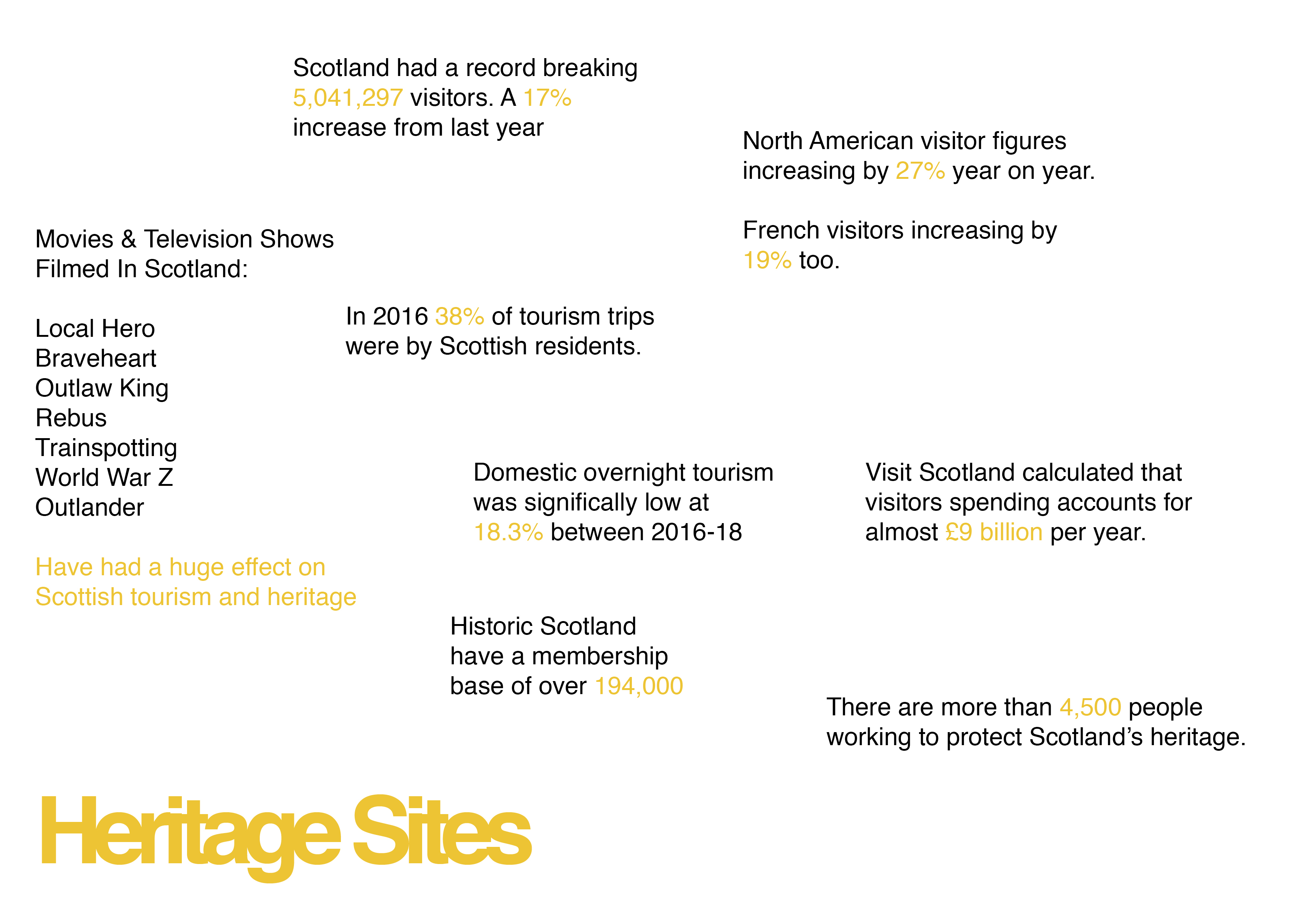
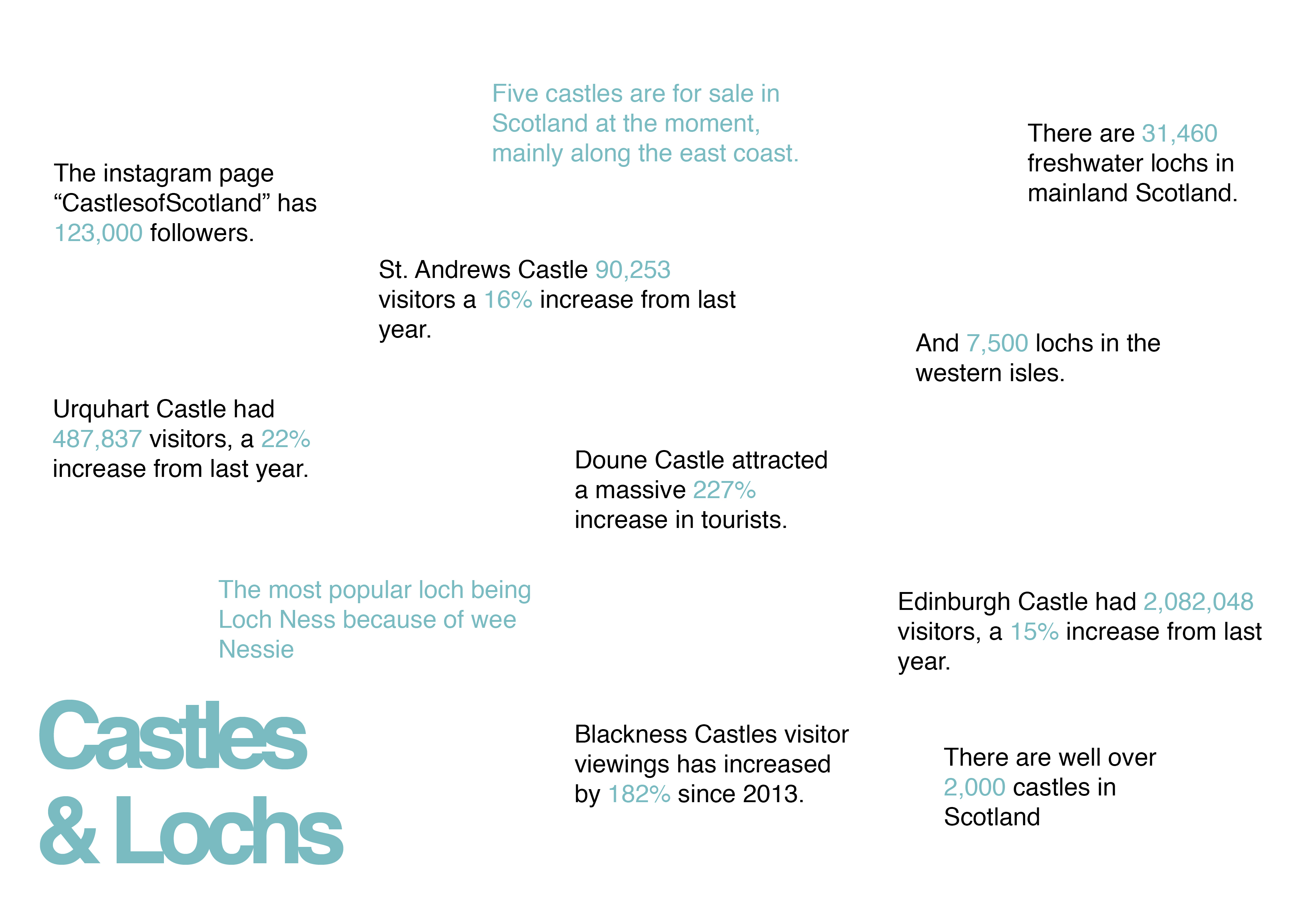
The Opportunity:
Being a tourist in your own city.
The research conducted found that.
There are more European and international tourists visiting Scotland’s historical and leisure sites than native Scots.
From this insight, combined with the feedback recieved from our tutors, we as a group decided that we wanted to focus on stories that were made in Glasgow.
The inspiration came from one of our tutors, who has lived in Glasgow for most of his life, still felt that he was a
“Tourist in your own city”
This was the catalyst for our design direction .
Concept Direction


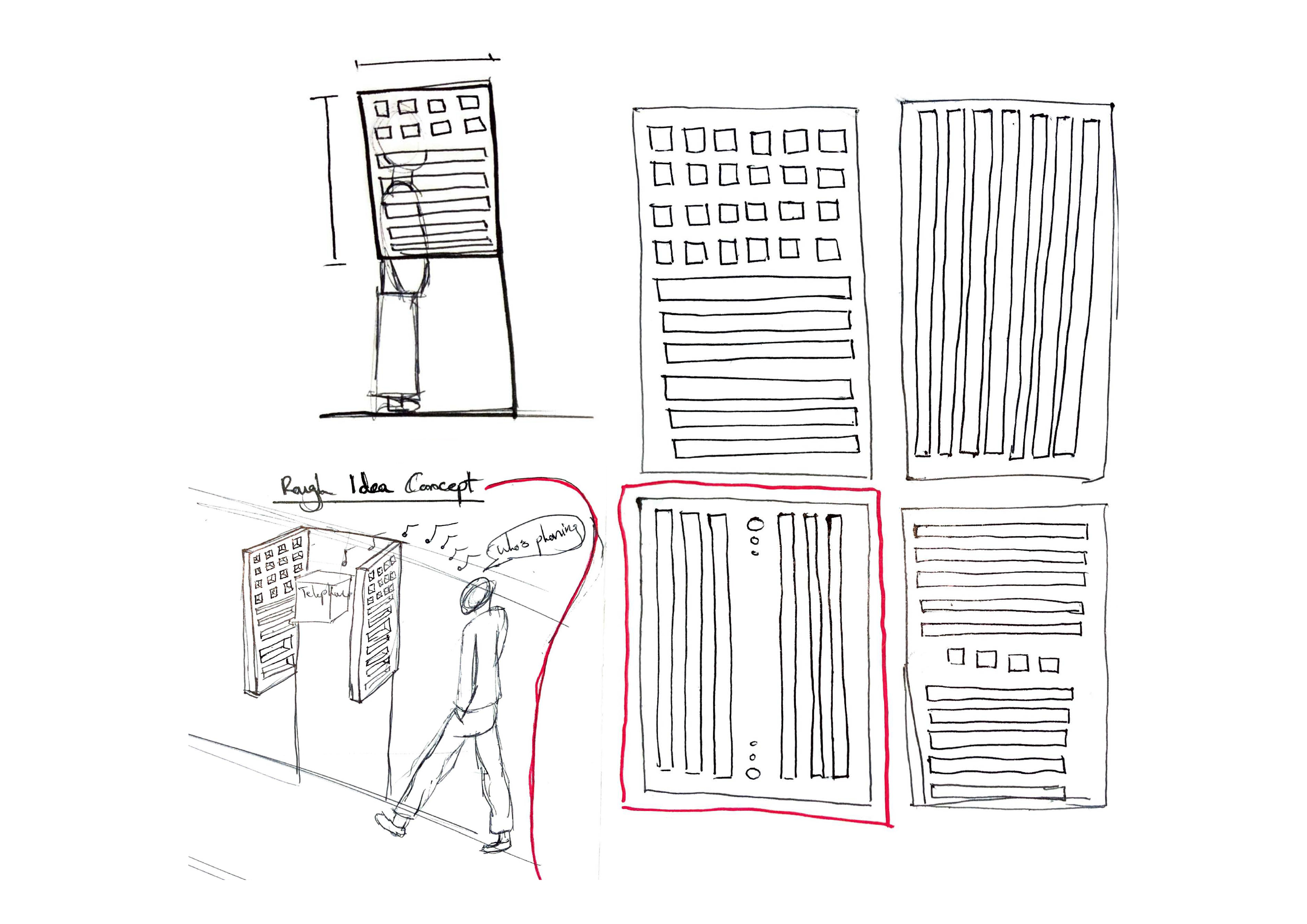

From this point onwards I quickly sketched developed ideas rather than delving into exploration and experimentation due to the short timeframe of the project. The main inspiration behind the concepts were breadcrumbs, similar to the ideas found in fairy tales, treasure hunts and riddles.
What we wanted the sketches to do was answer these questions like: What does it do? Where would it be situated? Who is it for? How does it work?. Once we created a few ideas we came together and settled on using an old dial up telephone to record and listen to stories of Glasgow where the numbers would be swapped for different types of stories for example happy, sad, funny, factual etc...
What we wanted the sketches to do was answer these questions like: What does it do? Where would it be situated? Who is it for? How does it work?. Once we created a few ideas we came together and settled on using an old dial up telephone to record and listen to stories of Glasgow where the numbers would be swapped for different types of stories for example happy, sad, funny, factual etc...
Final Model Making
From developed sketches, to pattern choice, general dimensions, to the interaction and functionality. The process of creating the final prototype model involved a laser cutting machine to create the pattern on the backboard combined with hand sand and finishing when attaching the working phone dial and handset to the backboard.
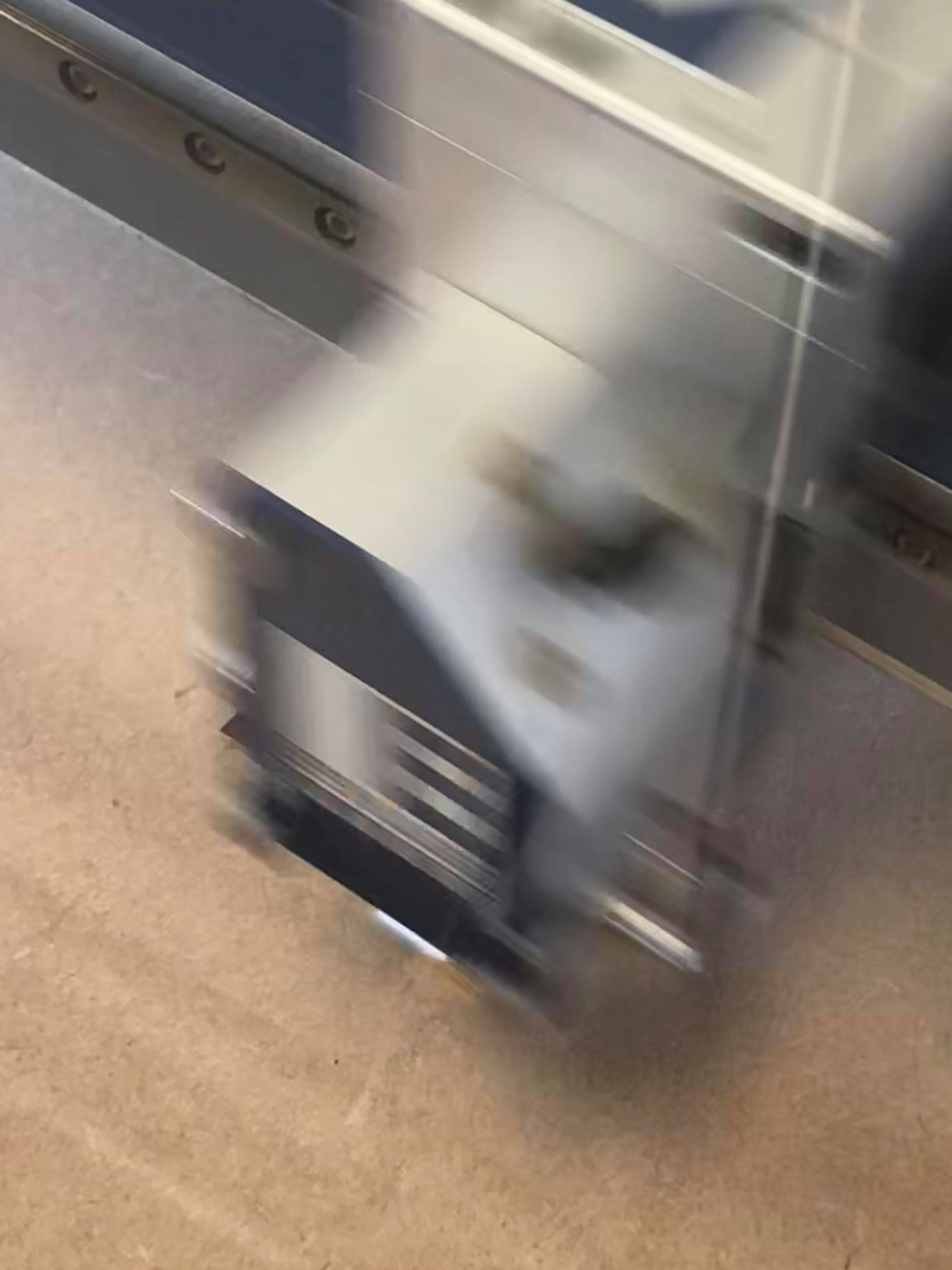

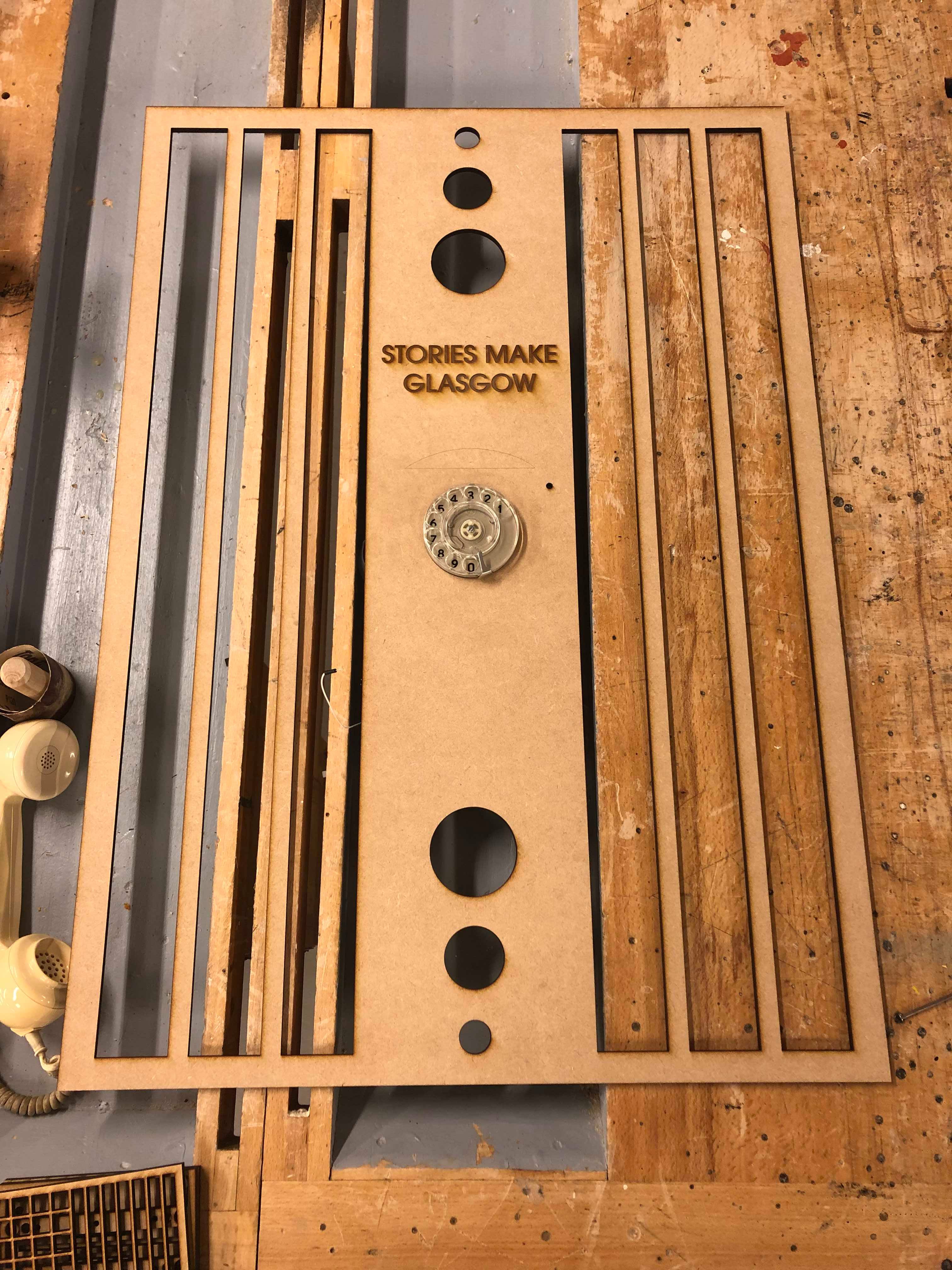
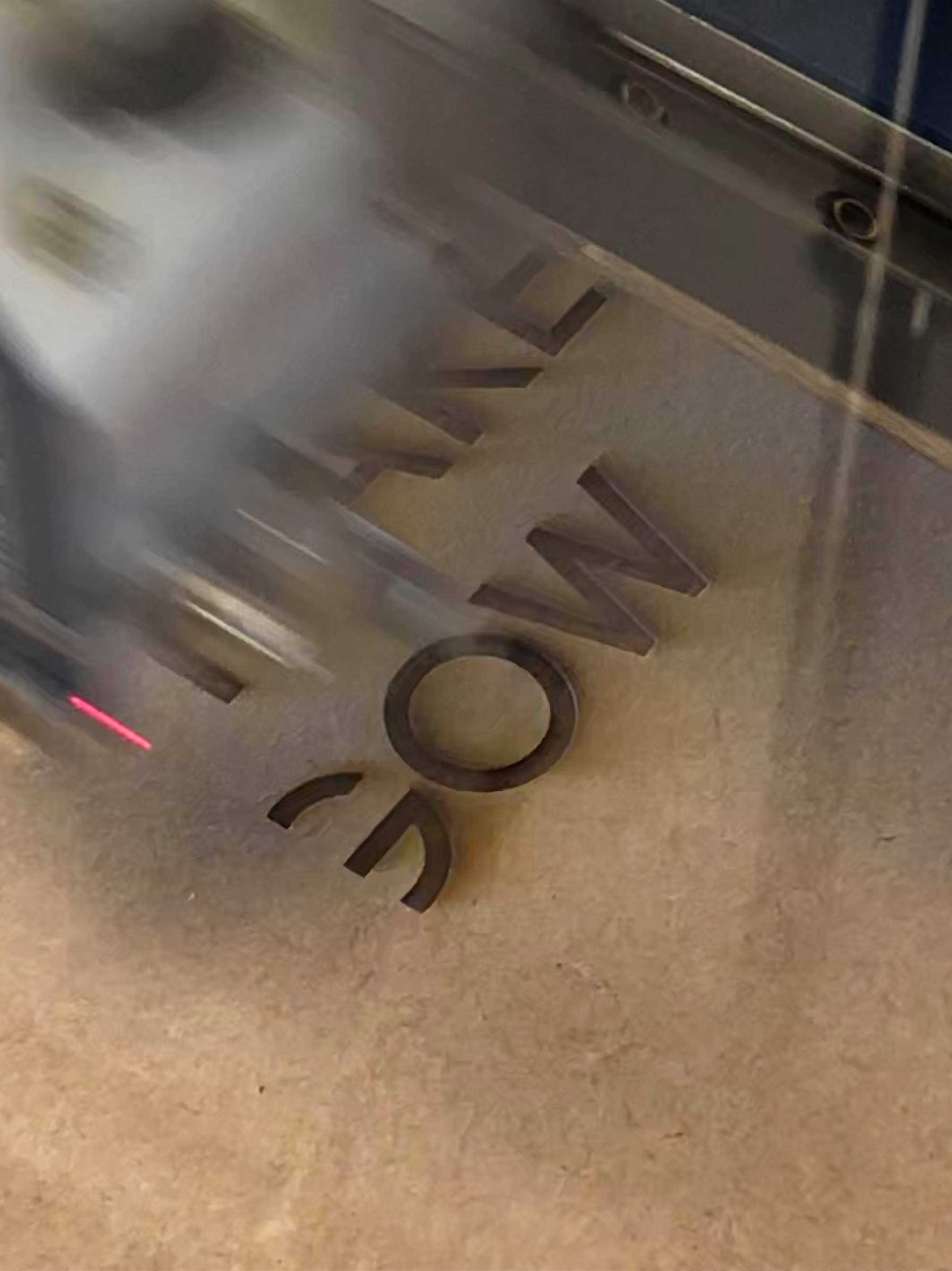




An old telephone was used as a recognisable artefact that would grab users attention when walking past the “phonebox” but would also fit in with its surroundings. We decided that the screens/ borders surrounding the telephone would resemble the style of Charles Rennie Mackintosh. However we didn’t want to the style to be too overbearing as Macintosh’s style influence has been heavily saturated throughout Glasgow and therefore reduces the impact.
The Interaction


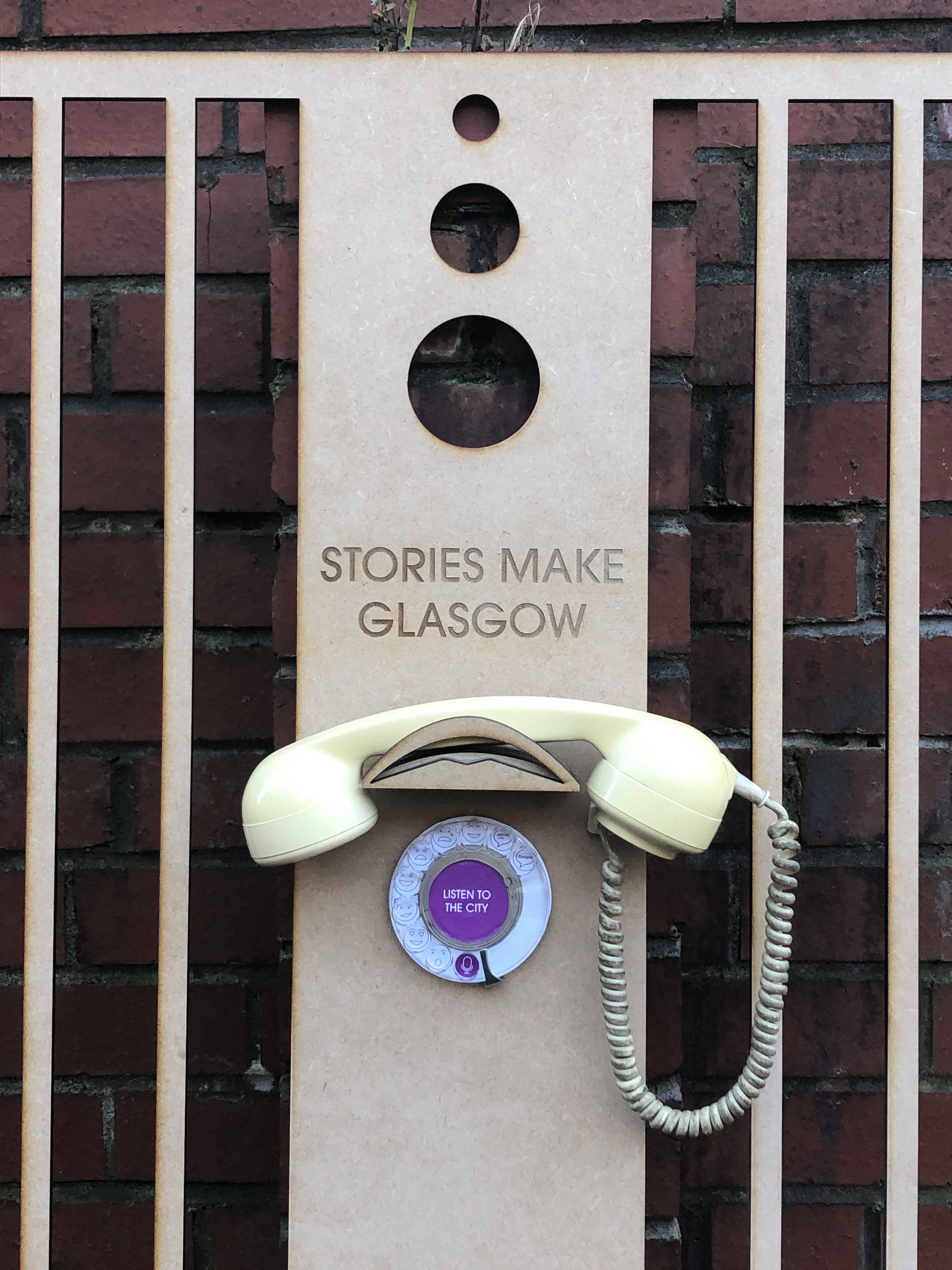


The interaction involves a user walking by the phone first to trigger the phone ringing. When the user is curious he or she will pick up the phone to a voice saying “Stories Make Glasgow, Pick a story”.
The user then dials a story be it happy, sad, funny, factual, scary etc... Once the user has listened to a story they then have the opportunity to record their own story to add to the database creating a shared, communal and ever evolving experience.
The user then dials a story be it happy, sad, funny, factual, scary etc... Once the user has listened to a story they then have the opportunity to record their own story to add to the database creating a shared, communal and ever evolving experience.
The intention is that the residents of Glasgow will learn more about their own city and neighbours from first hand relatable sources.
Watch the Video Here
https://vimeo.com/414454232
Upon Reflection...
Working on this data project was exciting yet fleeting due to the two week time frame. This led to our final proposal feeling slightly unrefined as we didn’t have as much time to further develop the model. Had we spent less time ideating this may not have been the case, however the main learning outcome of this project was to work at a weekly sprint pace and push ourselves to create a fully functioning prototype.
However as a team I believe we worked efficiently and effectively together. We were happy to trust each other when delegating specific tasks to one another knowing that that individual will get the work done as well as offer a hand whenever one of us was struggling.
If you would like to know more about this project
Drop me an email, lets talk.
--->
c.sferguson25@gmail.com